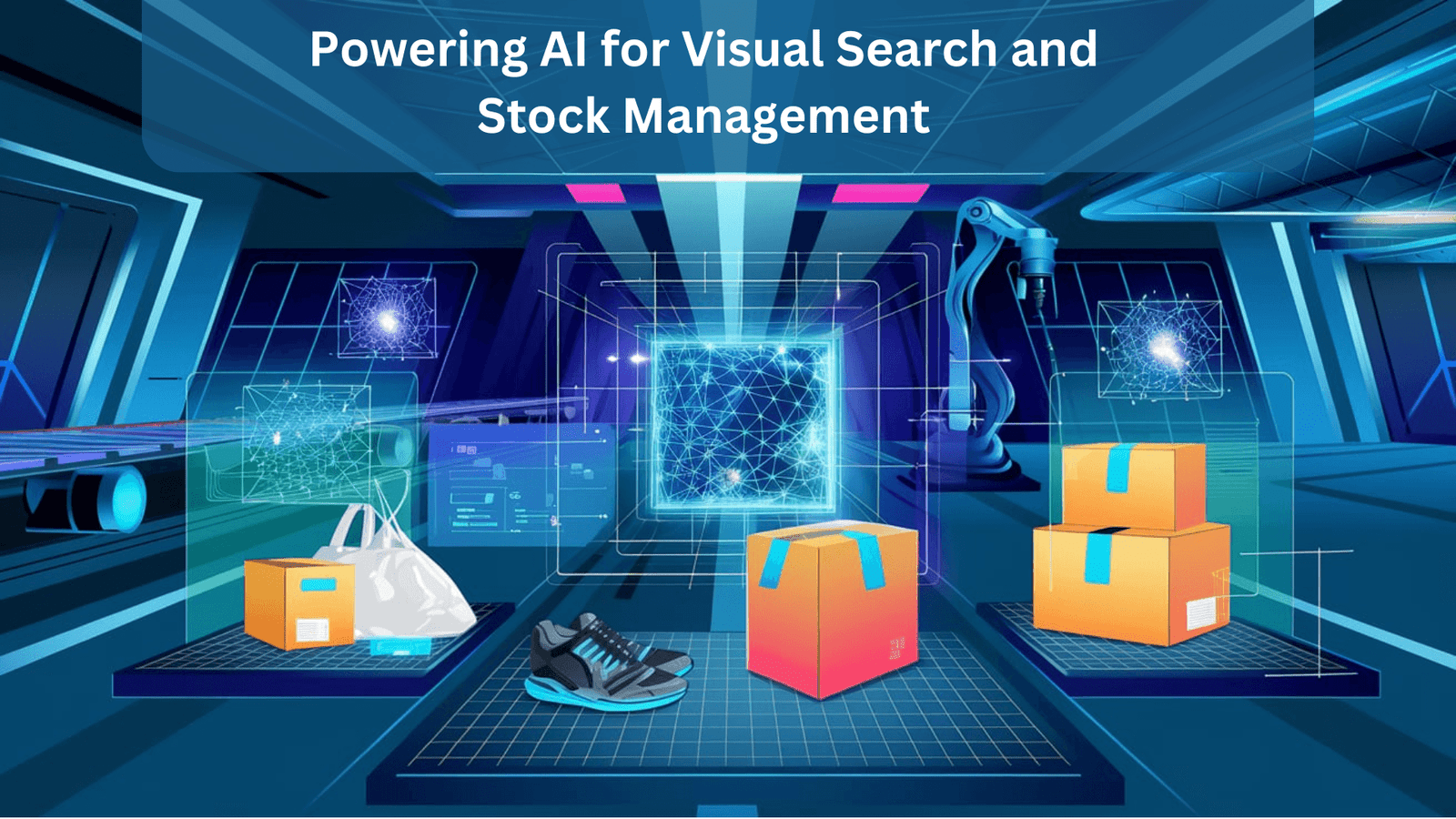The rapid rise of digital transformation is prompting several industries and organizations to create exclusive products and meet varying market needs. However, when businesses manage a diverse portfolio of development projects without a structured platform, driving product development efficiency becomes incredibly difficult. That’s why enterprises largely invest in product lifecycle management (PLM) solutions development. Distributed ledger technologies like Blockchain have become a preferred choice of tech stack for PLM software development, offering real-time traceability and transparency across every stage of product lifecycle. By building and launching PLM software using Blockchain technology, the entire lifecycle of a product, from ideation and design to development and marketing, can be monitored in real-time. This ensures that all the stakeholders have access to product data, facilitating quicker decision-making to upgrade products or solve challenges without delays.
Blockchain-powered PLM solutions maintain a transparent and immutable record of all activities of a product development lifecycle. For instance, any modification made to a product’s prototype or design specifications on Smart Contracts is recorded and time-stamped on the Blockchain network. This recording functionality enables development teams to maintain better version control of digital products and address quality issues on time.
Resolving Traditional PLM Challenges with Hyperledger Software Development
Hyperledger is a permissioned, open-source Blockchain platform optimal for the development of enterprise-grade PLM software. Permissioned PLM solutions come with an intuitive Smart Contract functionality that secures sensitive product data/specifications against unauthorized access and tampering. Besides, by programming Smart Contracts with the help of a Hyperledger development team, PLM software automates key processes such as quality control, vendor transactions, and compliance verification. This reduces manual intervention and shortens the time-to-market value of products.
Some of the key challenges resolved by Hyperledger-built PLM software include:
- Poor Privacy – Traditional PLM systems store sensitive product data on centralized databases, making them susceptible to unauthorized data breaches and access. On the other hand, PLM systems built using Hyperledger are equipped with privacy functionalities, such as private channels and transaction isolation. Private channels in the PLM system enable teams/stakeholders to communicate and share product documents without exposing sensitive data, thereby improving privacy.
- Lack of Interoperability – Monolithic (legacy) architecture of traditional PLM systems often impedes cross-platform integration and data sharing. This eventually impacts the collaboration between departments and product lifecycle transparency. Contrarily, Hyperledger-built PLM systems possess a modular (scalable) architecture. This architecture facilitates seamless integration with other functional systems like enterprise resource planning (ERP), customer relationship management (CRM), and field IoT devices/sensors. This interoperability ensures that the product data is available across systems and improves transparency.
- Inaccurate Quality Control – Typically, product quality control processes managed by humans are manual and error-prone, resulting in higher operational costs. In contrast, Hyperledger-powered PLM software encoded with Smart Contracts automates quality control processes and reduces the possibility of human errors. For example, when a product batch does not fulfill predetermined quality criteria, the Smart Contract automatically triggers the quality check process, updates stakeholders, and prevents the product from proceeding further in the supply chain until the issue is resolved. This level of automation is essential for maintaining greater product quality and integrity in the long term.
Important Use Cases of Hyperledger-Powered PLM Software
1. Intellectual Property (IP) Protection for IT Enterprises
For IT-based organizations, securing intellectual property (IP) assets of multiple digital products is crucial to remain ahead of their competitors. Hyperledger-backed PLM software offers a secure environment for storing and managing IP assets, like product designs, software code, technical specifications, development data, and others. Stored IP assets can be monitored in real-time, enabling IT teams to control the practice of asset modifications, updates, and transfers to external parties. Real-time asset tracking also ensures that developers/professionals are working with the latest version of code, design templates, or standards.
With the help of a Hyperledger development services provider, PLM software with role-based access controls (RBAC) can be created and implemented in the IT infrastructure. This access control ensures that only authorized IT personnel view, share, or edit IP assets, reducing the risk of manipulation and breaches.
2. Quality Assurance for Automotive Manufacturers
Quality assurance (QA) is a crucial function for automotive manufacturers to ensure that vehicles/spare parts fulfill safety requirements and regulatory standards. However, executing the QA function through traditional approaches might result in major safety issues and financial losses. By integrating Hyperledger PLM software with field manufacturing devices, key data related to engine performance, component reliability, and safety functionality is captured and stored on Blockchain in real time. With this data, QA professionals easily identify parameter deviances from specific threshold levels and take corrective actions on time to reduce defect rates.
Moreover, by aggregating data from multiple manufacturing devices and sensors, the Hyperledger PLM system autonomously generates reports. These reports contain information on component certifications and testing outcomes. This automated report generation enables automotive manufacturers to respond to regulatory inquiries quickly, as the time and effort required for compiling compliance documentation is greatly reduced.
3. Counterfeit Detection for Electronic Goods Retailers
Selling counterfeit goods is detrimental to an electronic goods retailer’s reputation and harms the brand as well. Smart Contracts functionality in Hyperledger PLM software helps in eliminating counterfeits by guaranteeing that only genuine products reach the market. By programming Smart Contracts in PLM software, a unique identifier (serial number) for each electronic product is assigned. With this identifier, manufacturers easily track the movement of a product in real time through every stage, including manufacturing, quality checking, and shipping. This tracking enables them to verify the authenticity and origin of any electronic product with ease.
Similarly, by inputting inspection protocols as Smart Contract codes, PLM software automates the process of quality control testing. For instance, after the manufacturing process, the underlying Smart Contract codes in the PLM system automatically initiate the QC testing process. When a certain product fails the test, the Smart Contract triggers alerts to stakeholders and recommends corrective measures, thereby eliminating the shipping of defective products.
You should read also about Data Analytics
Closing Thoughts
To sum up, product lifecycle management solutions built using the Hyperledger platform help several industries modernize key business functions and processes. However, to develop and deploy reliable PLM systems, businesses should consider collaborating with a reputable Hyperledger development company. The seasoned experts assess business requirements and build PLM software with robust Smart Contracts and encryption functionalities.
Developers build PLM solutions that accommodate an increasing volume of product lines or data without compromising performance. This scalability is beneficial for enterprises seeking to expand their product development operations. Moreover, the modular architecture of Hyperledger-powered PLM systems facilitates easier integration of enterprise platforms and technologies. This not just helps in future-proofing the PLM system but also improving the agility of product-based companies.
Discover more from TheLatestTechNews
Subscribe to get the latest posts sent to your email.






